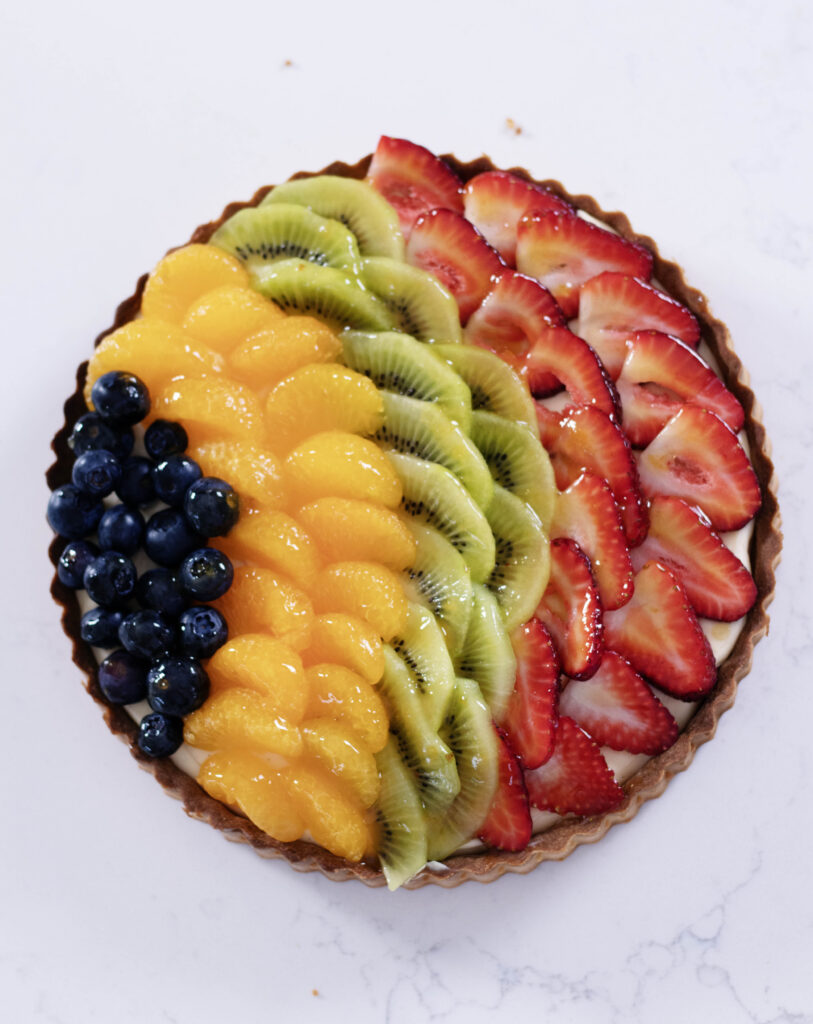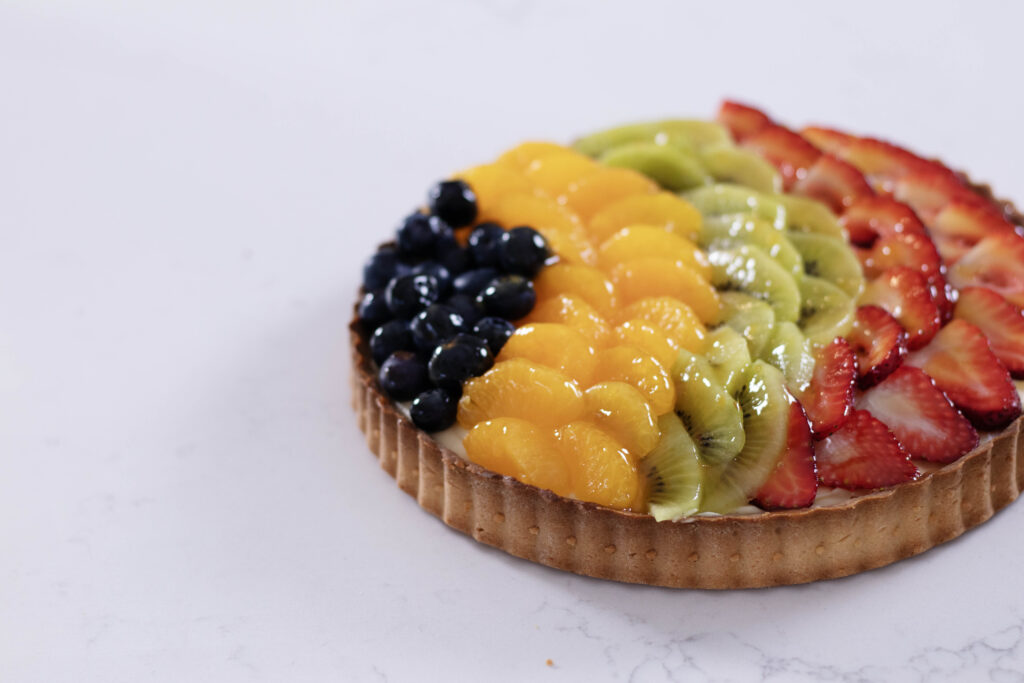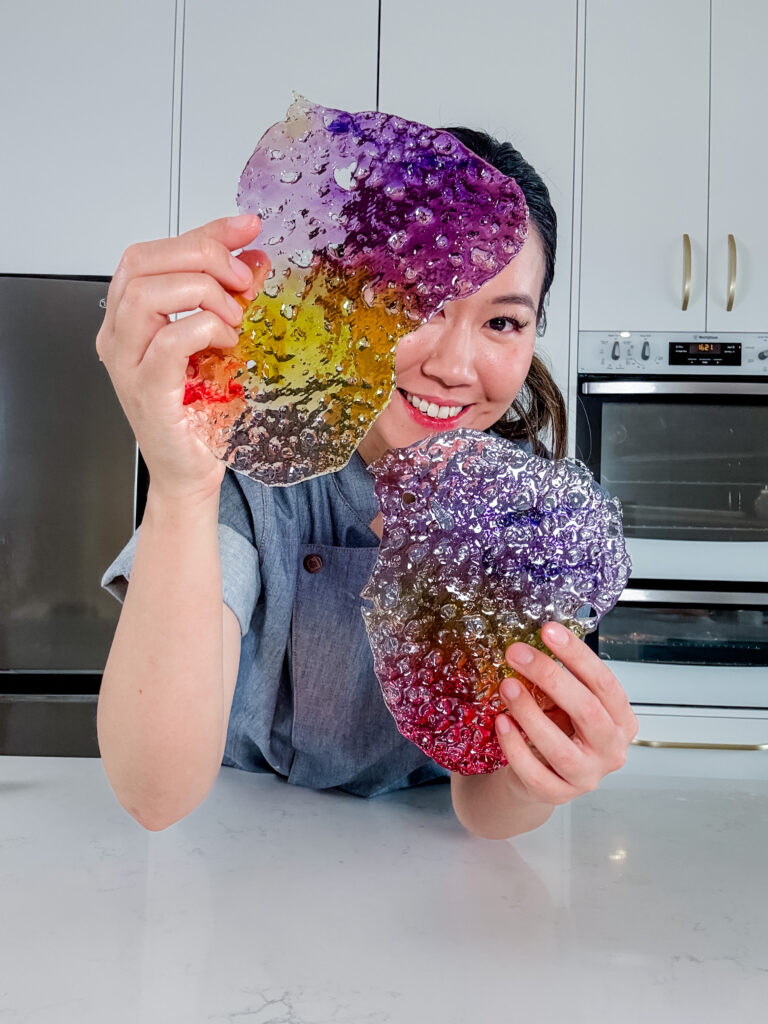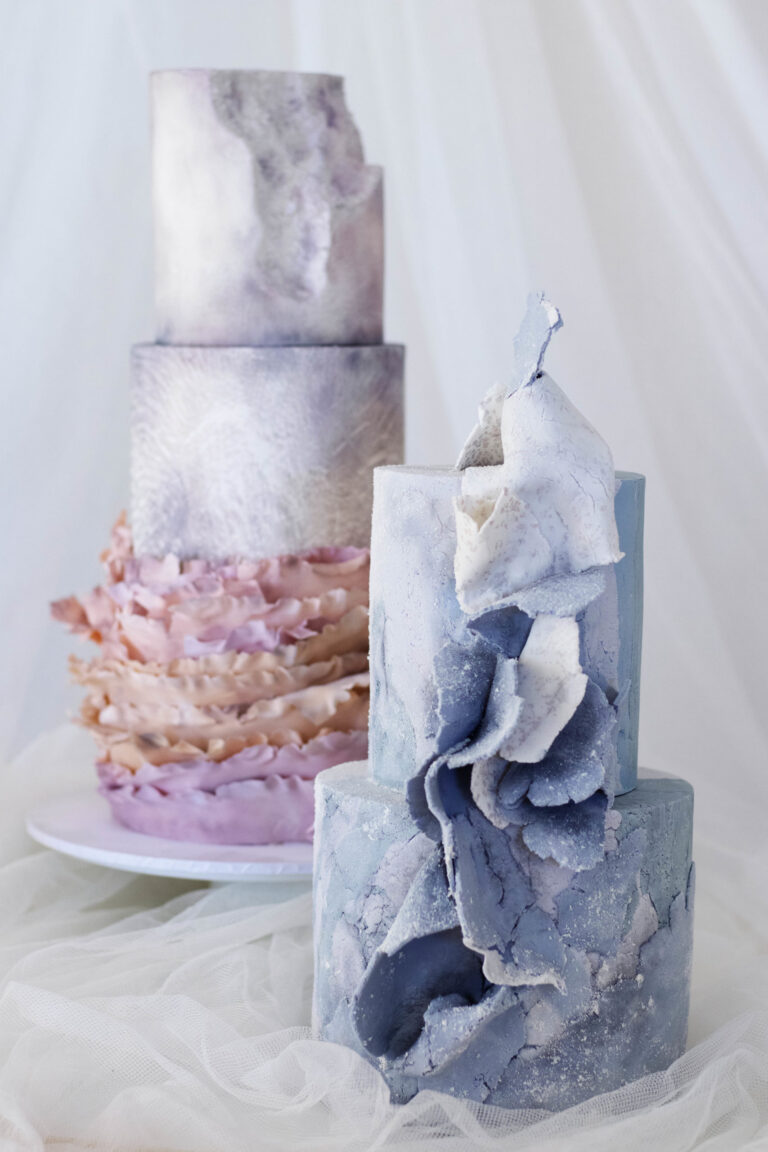
I recall my first month as a pastry student at Le Cordon Bleu. Starry eyed and eager, I would turn up in my chef whites, yielding my ginormous toolkit, workbook in hand. It was exhilarating and everything I imagined it to be. What I hadn’t anticipated was the sheer volume of pastries we would consume on a daily basis.
Sitting in my fridge by the end of the week would be entire croquembouches, half-consumed berry cheesecakes and a tub of leftover opera cake. Terrible for my waistline, but wonderful for my sweet-tooth.
In revisiting the recipes of some of the earliest recipes I learnt in pastry school, I couldn’t help but zero in on the classic fruit flan. A crisp, buttery shortbread shell, laden with thick rich Crème Pâtissière, topped to the brim with a multi-coloured spectrum of glistening fruit.
This particular sweet shortcrust pastry is one that I use in every single tart variation I make. From pear almond tarts, to mini apple pies… even quiches (with the omission of sugar).
This is quite easily the only tart shell base you ever need.

Shortcrust Pastry Recipe:
100g cold unsalted butter (cubed)
70g sifted icing sugar
45g egg yolks
210g all-purpose plain flour
Pinch of salt
Method
- To make the pastry dough, place the cubed cold butter, sifted icing sugar, salt and flour into a food processor. Pulse until a coarse breadcrumb-like texture is formed.
- Add in the egg yolks and pulse further until the dough starts to roughly come together (do not overmix).
- Decant pastry onto your workbench and gently press the pastry together so it forms a ball
- Wrap the dough in clingwrap and flatten before resting in the fridge.
- After 15 minutes of resting, roll out your dough on baking parchment or a floured surface to approximately 3-5mm thin.
- Line your tart shell with the pastry and if required, dock the pastry and rest in the fridge for another 20 – 30 minutes.
- Preheat the oven to 180 deg Celsius / 350 Fahrenheit and blind bake in the oven for 20-30 minutes until golden brown.
Some Top Tips:
- Avoid Overworking (mixing) your pastry dough, doing so will lead to a tougher pastry.
- You can replace the egg yolks with whole beaten egg, however, the egg yolk provides a richer flavour.
- Blind bake the pastry if your recipe calls for it using the baking beans method OR by ‘docking’ the pastry (poking holes on the base of the pastry using a fork – this is my preferred method)
- Docking is when you poke holes on the base of the tart shell so it bakes flat during the “blind bake” stage. A common alternative is to line the inside of the tart shell with baking parchment before filling the centre with baking beans/rice. Both will result in a similar outcome.
- If filling your tart shell with a cold or set filling (e.g. custard, cream) then bake your tart shell all the way to full doneness. If filling with a filling that requires a low/short bake such as a lemon tart or chocolate tart, blind bake the tart shell till half doneness, approximately for 15 minutes. If filling with a filling that requires a full bake (e.g. frangipane), do not blind bake the tart shell and instead, bake the tart shell together with the filling as a whole.
- You can use this recipe for savoury tarts like quiche, simply omit the sugar in the recipe.
Pastry Cream Filling
250g Milk
50g Egg Yolks
50g Castor Sugar
30g Corn Flour
20g Butter
1 tsp Vanilla Paste / Extract
*Optional: 100g Pure/Thickened Cream
Pastry Filling Method
- Place the egg yolks and sugar into a bowl and whisk together.
- Add in the cornflour and whisk together again to incorporate.
- Place the milk in a saucepan and heat at medium heat until it start to simmer. Just before it boils, remove it from the heat and pour in a quarter of the amount into the egg yolk mixture – whisk immediately.
- Pour in the remainder hot milk and whisk until combined.
- Place the hot mixture back into the saucepan over medium heat, mixing continuously with a whisk.
- The mixture will start to thicken, keep whisking whilst this happens. You can stop mixing and remove the mixture from the heat when you start to see pops of large bubbles appear on the corners of the pot.
- Decant the thick pastry cream into a heatproof dish and cover with cling wrap touchng the top of the surface (to avoid condensation forming).
- Chill for 1 hour (at least).
- To use as a filling, place the pastry cream into a mixer bowl and using the beater attachment, beat the pastry cream at medium to high speed for 30 seconds. The mixture will smoothen out to a pipe-able consistency. Spread and fill your pastry with the pastry cream as is, or fold together with 100g of soft-peak whipped cream (whipped from pure cream) to create a diplomat cream filling (which is a personal favourite of mine).
- Arrange fresh fruit slices on the top and brush gently with apricot glaze for a glistening finish (100g apricot jam + 50g water warmed together).

I hope this recipe will become your go-to staple in your kitchen, just as it has become mine.
Happy tart-ing!
xx Amanda








